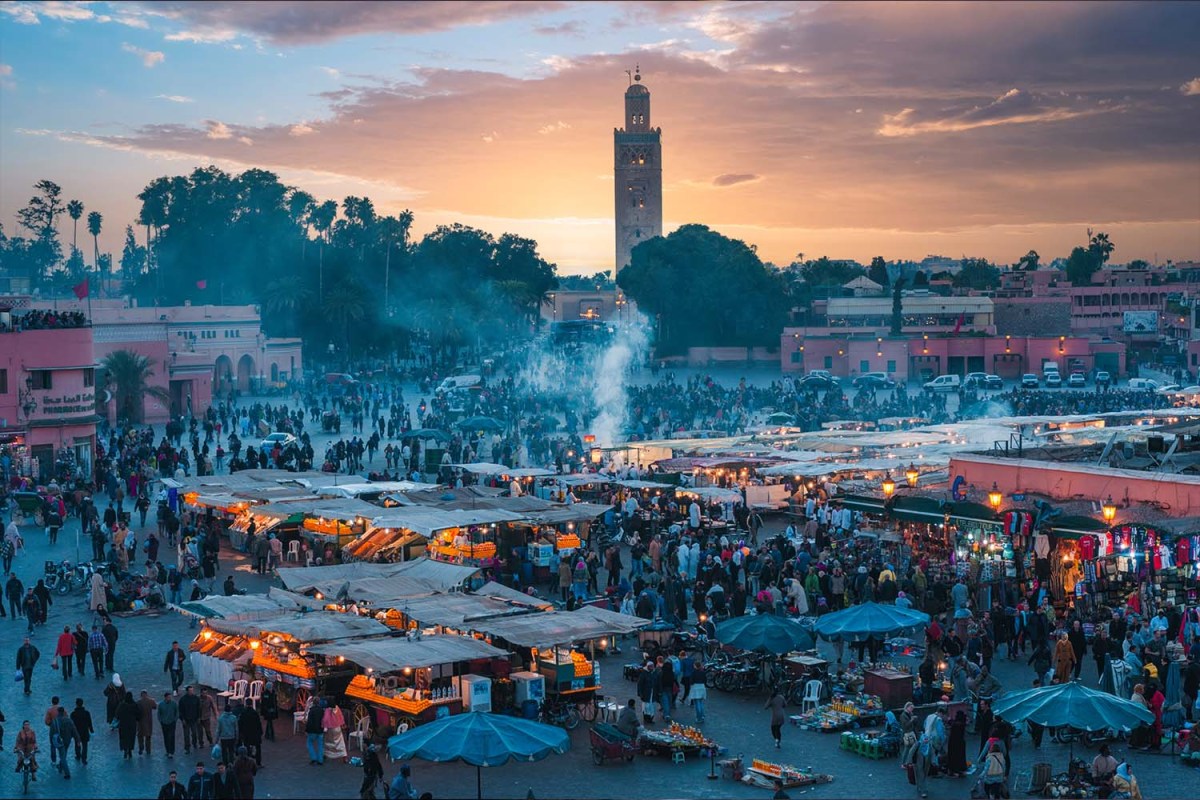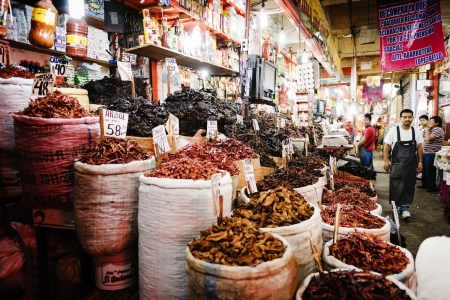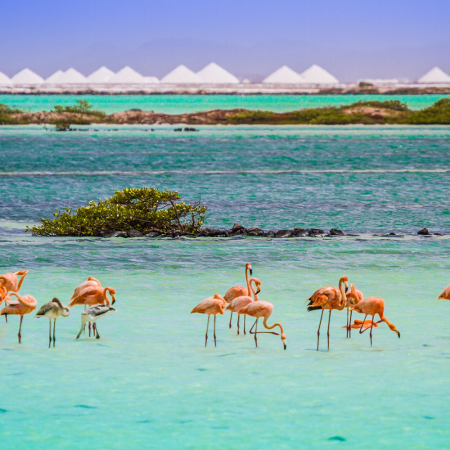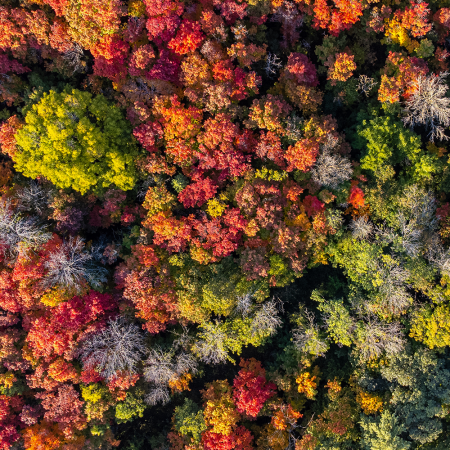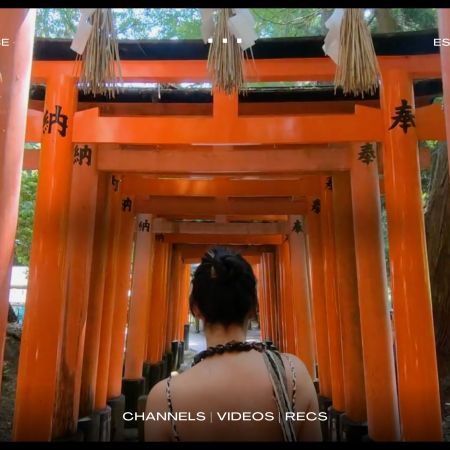“Stay close,” said the guide sent to direct us to our home for the next few nights. “It can get very crowded.” Keeping up with him wasn’t so much the problem. Keeping our eyes on him was, given the distractions. The rows of ebullient hawkers on their stands, all seemingly trying to pitch you with their identical fruit juices; the groups of burghers, sat playing instruments that look right out of Star Wars’ cantina scene; that guy sat casually playing a pipe in order to make a transfixed cobra sit up and sway.
It wasn’t the only thing being hypnotized. The bustle, the energy, the sheer exoticism of the Jemaa El Fna, the main square of the Medina — the walled main square in Marrakesh, Morocco — is disorientating. And that’s before you’ve negotiated the maze of narrow, unnamed side streets — past the souks and their leather goods, spices and slippers — that take you to your unnumbered door. That’s why you need a guide. After that, it’s down to making your own mental map. A physical map? No such thing.
When the artsy counterculture crowd of the 1960s first “discovered” Morocco — and more specifically its ancient tourist capital Marrakesh — the thing to do was to stay in a riad, the characteristic urban architectural form of the country dating back centuries. That’s what Jimi Hendrix, Talitha Getty, The Rolling Stones and Alfred Hitchcock did while filming The Man Who Knew Too Much here. It’s what the The Beatles and Yves Saint Laurent did, the latter falling in love with the now 961-year-old city such that he and partner Pierre Berge moved here, developing their own spectacular walled gardens, now next to the Yves Saint Laurent Museum. This, in part, was because corporate tourism had yet to make its mark: Morocco’s answers to the Ritz were not abundant in what Winston Churchill somewhat misleadingly called “the Paris of the Sahara.”
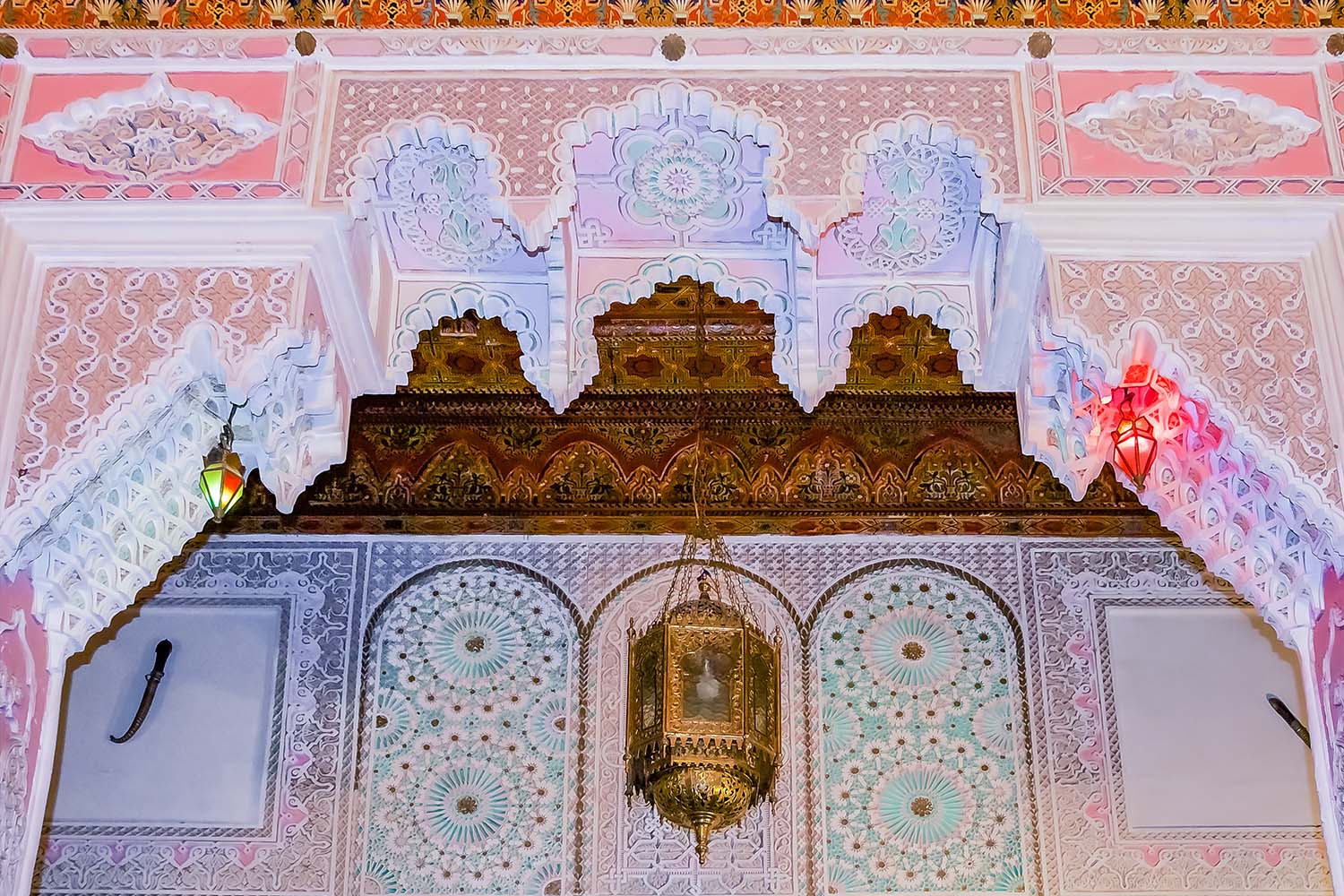
But it’s easy to see why they would favor a riad even given the choice. A kind of multi-level town house, traditionally built around an interior garden with trees and fountain, open to the sky (so expect birds to come visiting), they gave what still today what feels like a literal oasis of calm and cool, given the constant noise and heat outside. There’s only one heavyweight door in and out: close it and you’ve closed the mayhem behind you.
The contrast with the intensity of the Medina’s streets is stark. Out there is the constant commerce, most of it directed enthusiastically at the obvious tourist; the buzzing mopeds, pedestrians and vehicles safely negotiate the same space thorough a lot of luck and horn action; the sheer numbers of people and the sheer climb of the temperature gauge though the day. A riad is like an outsized safe room from all that. It was always conceived of as a fortress for bourgeois family life.
Indeed, so packed is the heart of Marrakesh that riads typically have a small footprint and no or few windows looking out on the outside world, allowing them to be built up against each other on three sides, instead — providing you can find yours and find it again once you’ve left it, they’re a world within a world. Taking the layout of Roman villas as their template, riads move up, and up some more, from the open space at ground level — “riad” comes from the Arabic for garden — with anterior rooms, often covered in traditional geometric decorative tile-work and ornamental plasterwork.
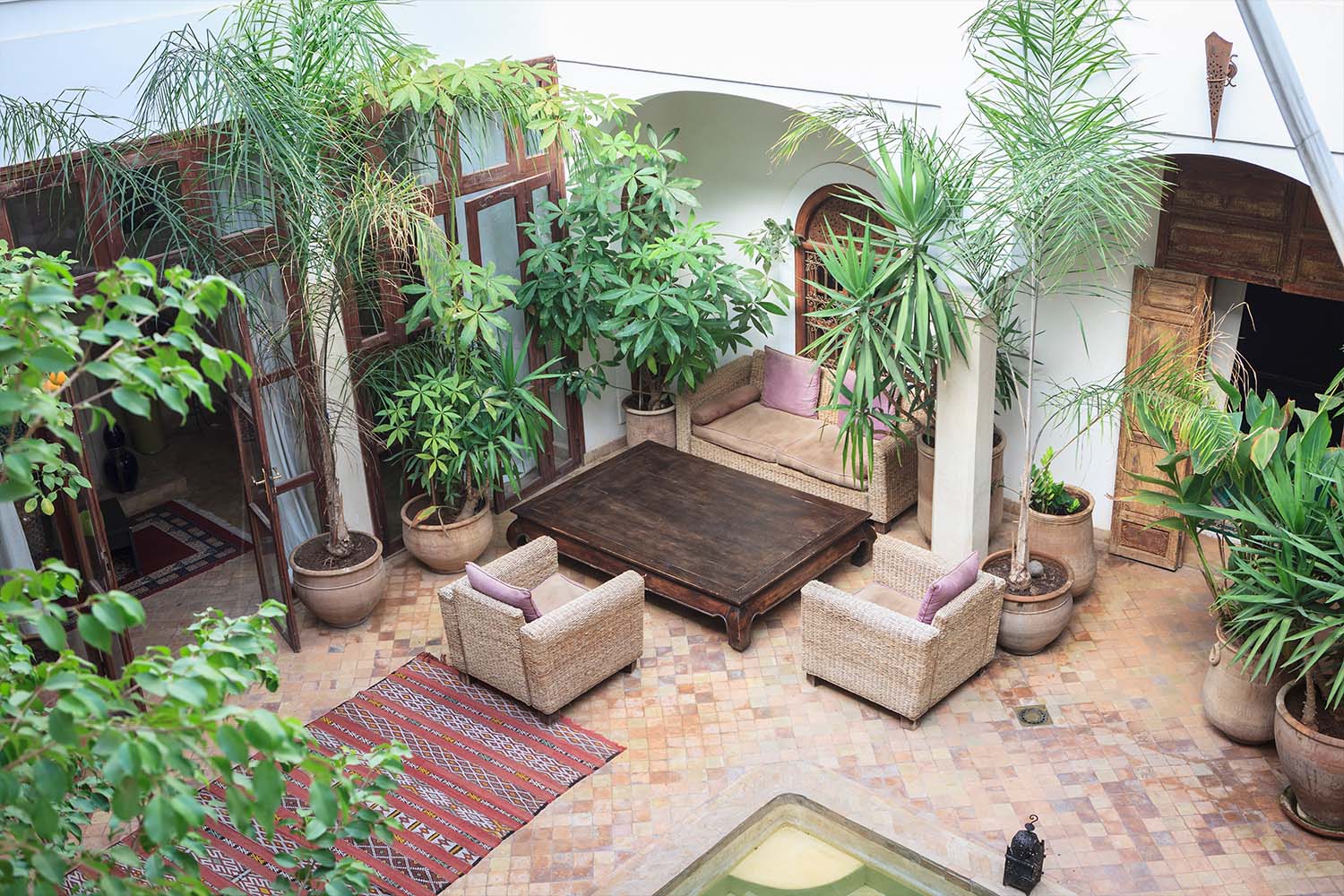
On floors above you’ll find a simple bathroom (historically the practice was to wash not at home but at local hammams), though today most of course come with showers, as well as with bedrooms typically doorless in favor of textile covers that let the air circulate. All face onto the interior garden. Up and up some more until you reach your open-top roof terrace.
Okay, so nobody is going to bring a glass of Moroccan wine to your lounger. You’ll have to pour that yourself (and, this being a dry country, you’ll have to find it first, too.) But riad owners will often be able to arrange for a housekeeper to lay out breakfast — fresh breads and preserves, local cheeses and meats, Moroccan coffee and so on — every morning. And, given even the more humble riad’s abundant space, history and authenticity — one reason why so many have been bought by foreigners over the last couple of decades, in something of a gold rush — these Moorish mini-palaces are luxurious, and all the more so given the price. A riad places you and your friends or family at the centre of the action (there’s not a tourist spot in Marrakesh that isn’t walkable or a short if sometimes hair-raising taxi ride from the Medina) for several nights for the price of a room for one night in an upscale hotel.
The 25 Best Food Markets in the World, Outside of the United States
Hungry travelers should make it a point to visit these epicurean landmarksYet, all the same, with the rise of Marrakesh as a destination for more than hippies and the well-heeled — and, given the tailing off of any summer humidity but still consistently dry and warm weather, it soon becomes a winter bolt-hole for bobos tired of St. Moritz — inevitably the city has seen a boom in more westernized conceptions of hospitality too, along with the art galleries, chichi stores and design student outposts.

There’s now a Nobu Marrakesh or the boutique hotel likes of Maison Brummell Majorelle, from the team that created the hip Hotel Brummell in Barcelona. The Oberoi, the Four Seasons and Mandarin Oriental have all opened hotels here, albeit further out — making experiencing the heart of the city more a dedicated day trip than part of your every day. But the further one is out from the Medina, the more likely one is to benefit from the likes of more standard upscale hotel staples the likes of gyms (hard to face in the northern African heat, even with air-con), swimming pools (hard even for non-swimmers not to appreciate for the same reason) and expansive menus, this time also with alcohol available.
Take the Fairmont Royal Palm, for example, the Fairmont’s first property in Morocco, and about a 20-minute taxi ride from the city center. Set amid a century-old olive grove, the Fairmont has become a local landmark since opening six years ago — and not least because alongside the 134 guest rooms, including presidential suites, penthouses and private villas, it has the largest heated pool in the country and a 185-acre, 18-hole golf course designed by prestige course architect Cabell Robinson, who had a hand in the likes of the Troia in Portugal and the Royal Park I Roveri in Torino, Italy. Some very careful and environmentally sensitive management ensures that this proves, much as a riad is a metaphorical oasis in the city, a green oasis amidst the otherwise semi-arid landscape that spreads out in the shadow of the Atlas Mountains.
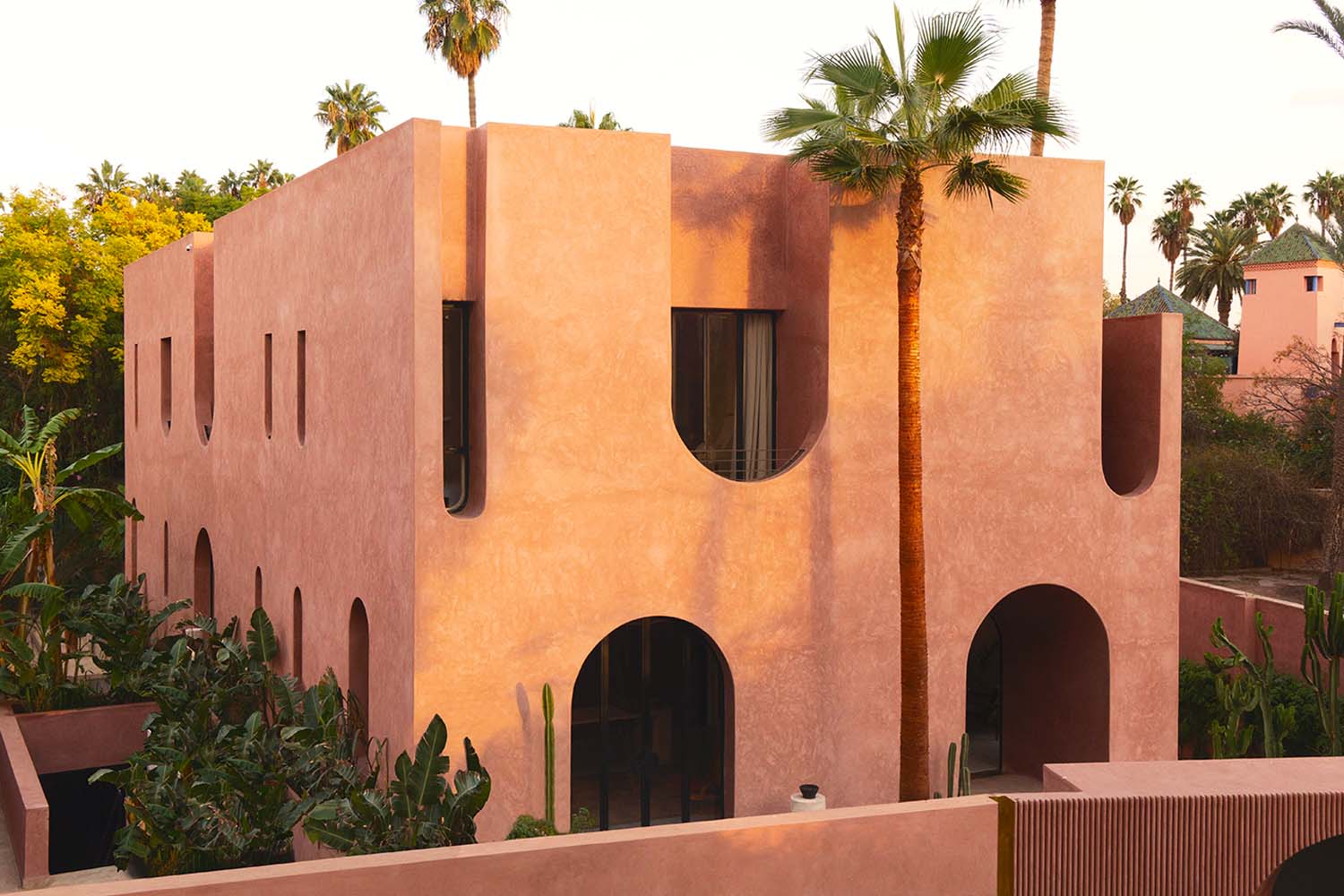
Wisely, the Royal Palm has managed to hint as much in retaining a Moroccan theme to its interior design, one, by the French designer Marilin Spataro, that feels an homage rather than ersatz. There’s plenty of carved wood, lush textiles and polished marble, all richly layered up to create a cozy effect within what are some cavernous spaces, all serving as a reminder that while one isn’t a few steps away from the hubbub of the Medina, nor could one just be anywhere in yet another me-too luxury hotel. There’s even a restaurant serving food that Moroccans would recognize.
Would rock stars in retreat in 2024 head straight for the abundant five-star accommodation, or dial up their bonafides by staying in something truer to the sense of place? Marrakesh is, arguably, one of the few tourism hotspots in which there is still such a choice — so many places now offer only the pricey but disengaged, or the local flavor afforded by the likes of Airbnb — and it would be a shame to miss out on staying in a riad, given how doing so is as much part of the Moroccan experience as it provides easy access to it.
And yet, the air conditioning, the bar, the fluffy towels and the attentive service…certainly the pace is slower and life is easier in one of the city’s more peripheral, if up-market, hotels, away from the urban bustle. Bustle that, admittedly, can prove rather intense day after day, especially for children. The sensory assault is relentless — excitingly so in many ways — but also tiring, such that the idea of staying swanky and at one step removed from it all is a tempting alternative to a riad; or, perhaps, the ideal respite after a few days’ adventures in one.
This article was featured in the InsideHook newsletter. Sign up now.
